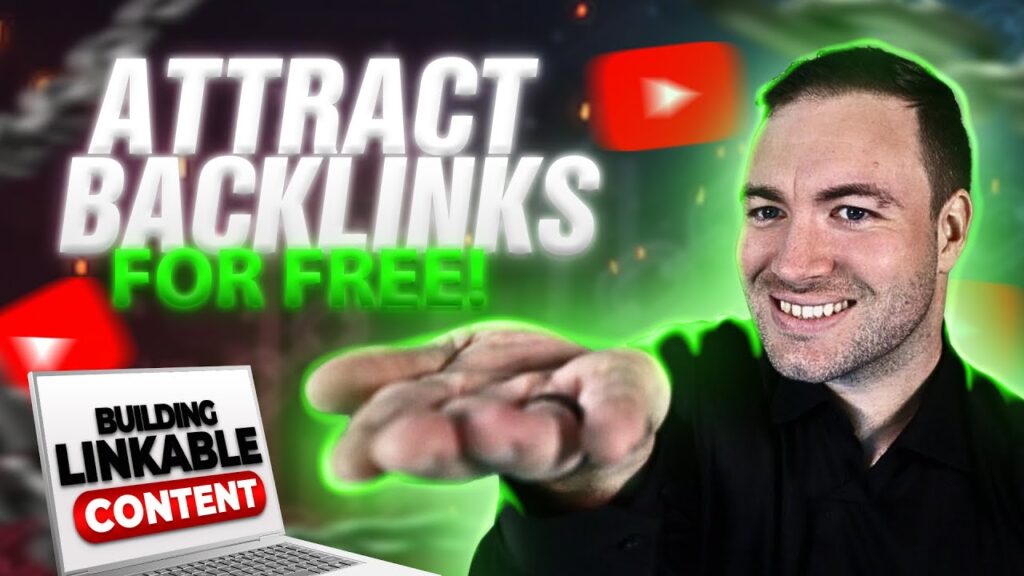When I first dove into the world of SEO, the concept of backlinks felt overwhelming. It was like trying to crack a secret code. I remember crafting my first piece of content, nervously hitting publish, and then refreshing my analytics obsessively. To my surprise, that content started attracting links seemingly out of nowhere! That experience ignited my passion for creating linkable content, and I'm excited to share my journey and insights with you here.
TL;DR: Discover effective SEO strategies on how to attract backlinks for free by creating linkable content that not only ranks well but also drives organic traffic to your website.
Table of Contents
The Importance Of Backlinks In SEO
Backlinks are a cornerstone of effective SEO strategy. They are links from one website to another. But why are they so critical for boosting search engine rankings? Well, search engines like Google view backlinks as a vote of confidence. The more quality backlinks you have, the more authoritative your site appears. This can significantly elevate your position in search results.
1. Why Backlinks Matter
Think of backlinks as endorsements. When reputable sites link to your content, it signals to search engines that your site is trustworthy and valuable. This can lead to higher rankings. In fact, studies show that pages with more backlinks tend to rank better than those with fewer. It’s a simple yet powerful principle.
- Trust and Authority: Backlinks build trust.
- Visibility: Higher rankings lead to more visibility.
- Traffic: More backlinks often mean more visitors.
2. The Role Of Authority In Link Building
Not all backlinks are created equal. The authority of the linking site plays a crucial role. A link from a high-authority site carries more weight than one from a lesser-known site. This is where the concept of domain authority comes into play. It’s a score that predicts how well a website will rank on search engines.
For instance, if I get a backlink from a site like Wikipedia, it’s much more beneficial than a link from a new blog. This is because Wikipedia is seen as a credible source. So, how do we gain these valuable backlinks? Creating quality, linkable content is key. This means producing content that’s not only informative but also engaging.
3. How Backlinks Drive Organic Traffic
Backlinks can significantly drive organic traffic to your site. When users see a link to your content on a reputable site, they are more likely to click on it. This increases your site’s traffic without the need for paid ads.
Moreover, backlinks can help you reach new audiences. When your content is shared, it can spread across various platforms, attracting visitors you might not have reached otherwise. For example, I’ve seen how sharing my articles on social media can lead to unexpected traffic spikes. The key is to ensure your content is shareable.
“If you want to rank higher, focus on creating quality content that attracts backlinks.” - Ronald Osborne
In conclusion, backlinks are essential for improving search engine rankings, building authority, and driving organic traffic. By focusing on these areas, we can enhance our online presence and achieve our SEO goals.
Keywords: The Foundation Of Linkable Content
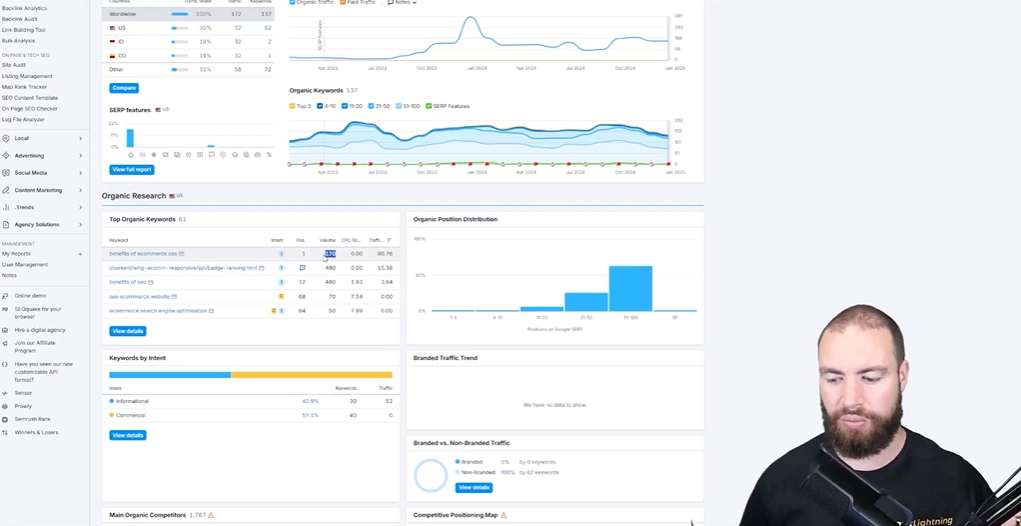
When it comes to creating content that attracts backlinks, keywords are essential. I’ve learned that identifying high-volume, low-difficulty keywords is the first step in this process. But what does that really mean?
Identifying High-Volume, Low-Difficulty Keywords
High-volume keywords are those that many people search for, while low-difficulty keywords are easier to rank for. Think of it like fishing in a pond. You want to cast your line where the fish are plentiful but not where everyone else is casting theirs. By targeting these keywords, I can create content that stands out without excessive competition.
For example, Ronald Osborne from Osborne Digital Marketing emphasizes the keyword "benefits of e commerce SEO." This keyword gets around 170 searches monthly, but it has minimal competition. It’s a sweet spot that can lead to significant traffic.
Utilizing SEMrush And Other Tools For Keyword Research
Now, how do I find these golden keywords? Tools like SEMrush are invaluable. They allow me to analyze search volume and competition levels effectively. With SEMrush, I can see which keywords are trending and which ones might be worth my time. I also explore questions related to my niche. For instance:
- What are the benefits of getting a monthly toilet inspection?
- What are the benefits of having hurricane insurance on a shingle roof?
These questions not only target specific interests but also help in crafting content that resonates with my audience. It’s about connecting with what they want to know.
Examples Of Keywords That Earned Backlinks
Real-world examples can be incredibly enlightening. Ronald mentions how his content on "benefits of e commerce SEO" attracted twelve backlinks purely because it was relevant and engaging. It’s a reminder that even if I don’t initially target a keyword, creating quality content can still yield results.
Another point to consider is that even average content that ranks number one can secure more backlinks than high-quality content that is lower in the rankings. This insight has changed my approach. Why spend hours crafting the perfect piece if it won’t rank well? Instead, I focus on creating content that has the potential to reach that coveted top position.
In summary, the foundation of linkable content lies in understanding and utilizing keywords effectively. By identifying high-volume, low-difficulty keywords, leveraging tools like SEMrush, and learning from successful examples, I can create content that not only attracts readers but also earns valuable backlinks. The journey of keyword research is both exciting and essential for my online presence.
Creating Content That Attracts Backlinks
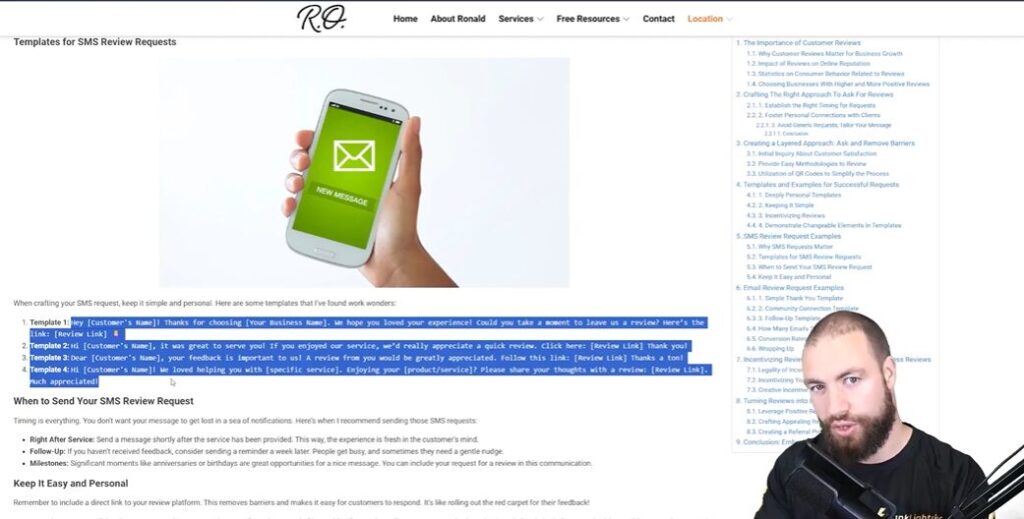
Why Content Quality And Structure Matters
Creating content that attracts backlinks is no small feat. It’s essential to understand that content quality and structure play a pivotal role in this process. Think about it: would you link to a poorly written article? Probably not. High-quality content is not just well-written; it’s also informative and engaging. When I craft my content, I always aim for clarity and relevance. This approach resonates with readers and encourages them to share and link to my work.
The structure of your content also matters. A well-organized piece is easier to read and comprehend. I often use headings, bullet points, and lists to break up the text. This keeps readers engaged and helps them find the information they’re looking for quickly. In a world where attention spans are short, this is crucial. Wouldn’t you prefer to read something that’s easy to digest?
Examples Of Well-Structured 'Linkable' Content
Now, let’s talk about examples of 'linkable' content. One of my favorite types is the ultimate guide. These comprehensive resources provide in-depth information on a specific topic. For instance, I created a guide on "The Benefits of E-Commerce SEO." It was structured with clear sections, subheadings, and actionable insights. This not only made it user-friendly but also appealing to other sites looking for reliable resources to link to.
Another example is data-driven content. When I include statistics or case studies, it adds credibility. People love sharing data that supports their claims. So, when I wrote about "The Impact of SEO on Small Businesses," I included relevant statistics. This approach made my content more attractive to others in the industry, leading to several backlinks.
Leveraging Visuals And Data To Enhance Appeal
Speaking of data, let’s not forget the power of visuals. Images, infographics, and charts can significantly enhance the appeal of your content. I often use visuals to break up text and illustrate key points. A well-designed infographic can summarize complex information in an engaging way. It’s shareable, too! When people see compelling visuals, they’re more likely to link back to my content.
Moreover, I’ve found that distributing my content on social media amplifies its reach. When I share my articles with eye-catching visuals, it attracts attention. Others are more inclined to share and link to my work. It’s a win-win situation! So, don’t underestimate the impact of visuals and data in your content.
In summary, creating content that attracts backlinks involves focusing on quality, structure, and the strategic use of visuals. By doing so, we can enhance our chances of earning those valuable links that boost our online presence.
Promoting Your Content For Maximum Exposure
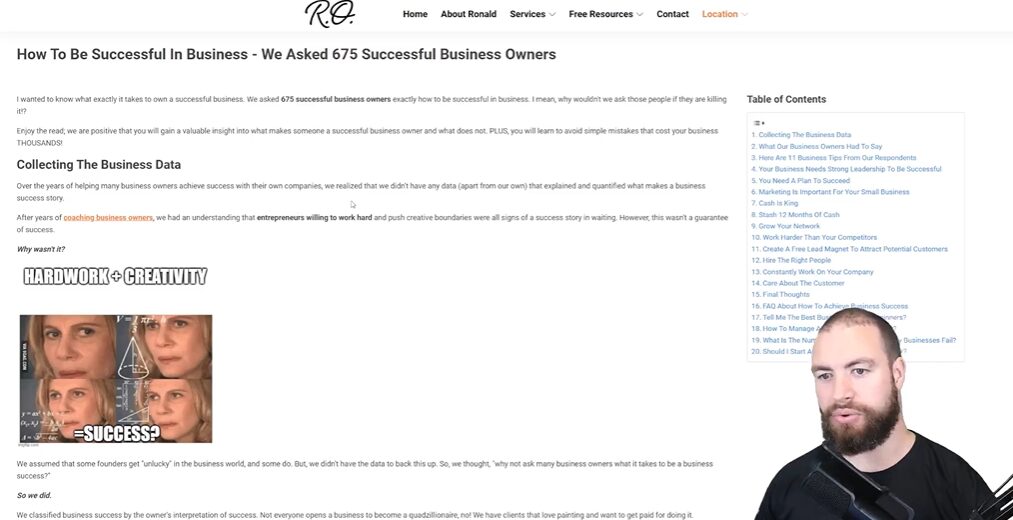
When it comes to boosting the visibility of your content, I can’t stress enough how important it is to utilize every tool at your disposal. Let’s break down three effective strategies: using social media, networking with influencers, and leveraging press releases. These factors can also help attract backlinks for free.
1. Utilizing Social Media For Increased Visibility
Social media isn’t just a place to share cat videos. It’s a powerful platform for promoting your content. Think about it: billions of people scroll through their feeds every day. Why not tap into that audience?
- Choose the right platforms: Not every social media site is created equal. If you’re targeting professionals, LinkedIn might be your best bet. For visual content, Instagram or Pinterest could work wonders.
- Engage with your audience: Don’t just post and ghost. Respond to comments, ask questions, and create polls. This interaction can increase your visibility.
- Use hashtags wisely: Hashtags can help your content reach new eyes. But be strategic - don’t overload your posts with them.
Ever wondered why some posts go viral? It’s often due to the right mix of timing, engagement, and a little luck. But we can increase our chances by being active and responsive on these platforms.
2. Networking With Industry Influencers And Bloggers
Networking isn’t just for job seekers. It’s crucial for anyone looking to promote their content. When I connect with influencers or bloggers in my niche, I open doors to new audiences.
- Build genuine relationships: Don’t just reach out when you need something. Engage with their content, share their posts, and offer support. This builds goodwill.
- Collaborate: Consider guest blogging or co-hosting a webinar. This can introduce your work to their followers.
- Ask for feedback: Influencers often have valuable insights. A simple request for feedback can lead to deeper connections.
Remember, networking is a two-way street. I’ve found that offering value first often leads to mutually beneficial relationships.
3. The Value Of Press Releases In Gaining Attention
Press releases can seem old-fashioned, but they still hold significant value. When done right, they can attract media attention and drive traffic to your content.
- Be newsworthy: Your press release should have a clear story. What makes your content unique? Why should people care?
- Target the right outlets: Research which media outlets cover your niche. Tailor your press release to fit their audience.
- Include multimedia: Adding images or videos can make your press release stand out. It’s more engaging and can increase shares.
Think of a press release as a way to announce something exciting. It’s your chance to get noticed by a wider audience.
In conclusion, promoting your content requires a mix of strategies. By utilizing social media, networking effectively, and leveraging press releases, we can maximize our exposure and reach our target audience. Each of these methods builds on the others, creating a robust promotional strategy.
Measuring Success: Tools And Metrics To Track Your Link-Building Efforts
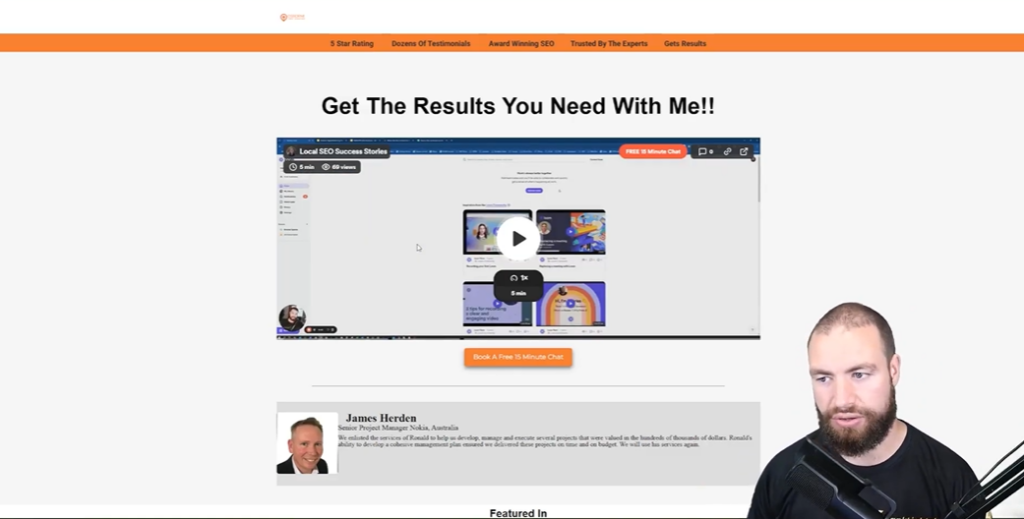
When it comes to link building, measuring success is crucial. How do we know if our efforts are paying off? What tools can we use to track our progress? In this section, I’ll share some insights on the tools and metrics that can help us gauge the effectiveness of our link-building strategies and attract backlinks for free.
Tools For Monitoring Backlinks And Site Performance
First off, let’s talk about tools. There are several platforms out there that can help us monitor backlinks and assess site performance. Some popular options include:
- Ahrefs: This tool allows us to track backlinks, analyze our competitors, and see which keywords are driving traffic.
- SEMrush: A comprehensive tool that provides insights into our backlink profile and overall site health.
- Google Analytics: This free tool helps us understand our traffic sources and user behavior.
Using these tools, we can keep an eye on our backlink profile and ensure we’re moving in the right direction. It’s like having a GPS for our SEO journey. Are we on the right path? Or do we need to reroute?
Interpreting Traffic Data To Assess Content Effectiveness
Next, let’s dive into traffic data. Interpreting this data is key to understanding how effective our content really is. When we look at metrics like page views, bounce rate, and average session duration, we can gauge how well our content resonates with our audience.
For instance, if we notice a high bounce rate on a page, it might signal that our content isn’t engaging enough. Or, if a particular piece is driving a lot of traffic, we should analyze what’s working. Are we addressing a specific pain point? Are we using engaging visuals? This data is invaluable.
Adjusting Your Strategy Based On Feedback And Results
Finally, we need to be willing to adjust our strategies based on the feedback and results we gather. If something isn’t working, why stick with it? I’ve learned that flexibility is key. If a certain keyword isn’t generating backlinks, it might be time to pivot. Perhaps we should try targeting a different keyword or changing our content style.
In the world of SEO, nothing is set in stone. As Ronald Osborne from Osborne Digital Marketing emphasizes, focusing on creating content that ranks number one can lead to more backlinks than high-quality content that sits lower in search results. It’s all about finding that sweet spot.
So, as we measure our success in link building, let’s keep these tools and metrics in mind. They’re not just numbers; they’re indicators of our growth and areas for improvement. With the right approach, we can refine our strategies and ultimately achieve our link-building goals.
